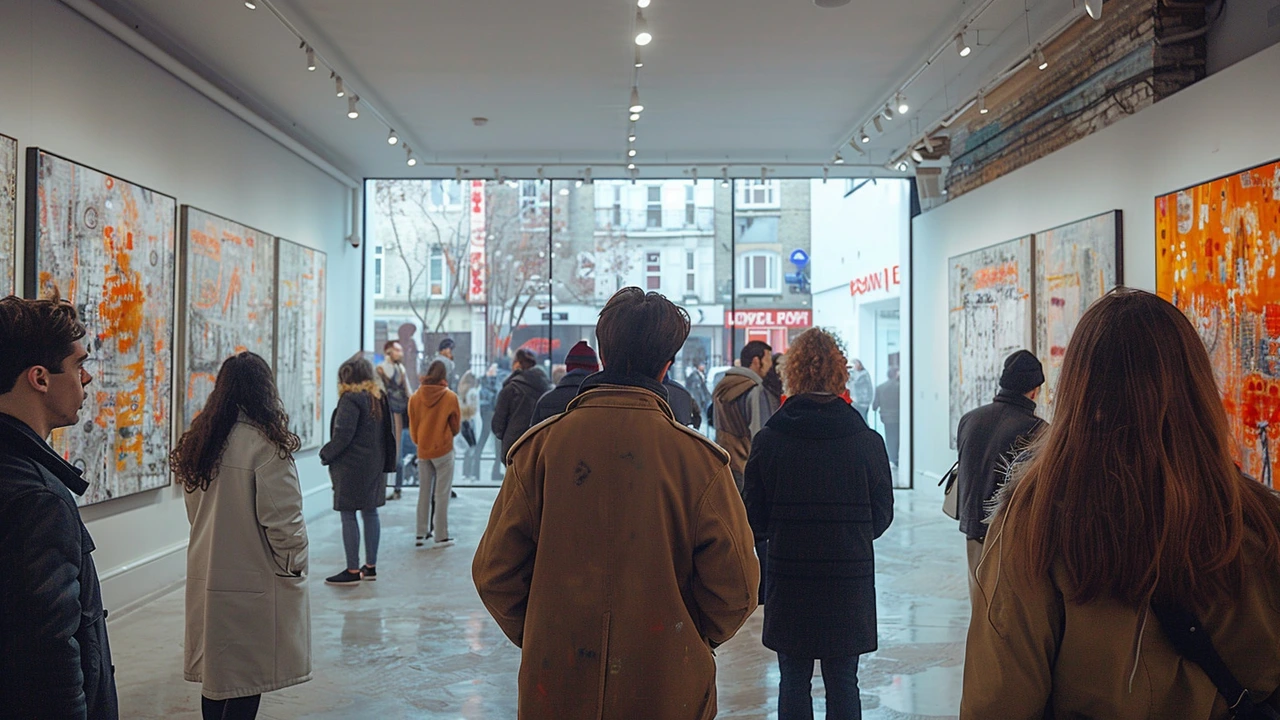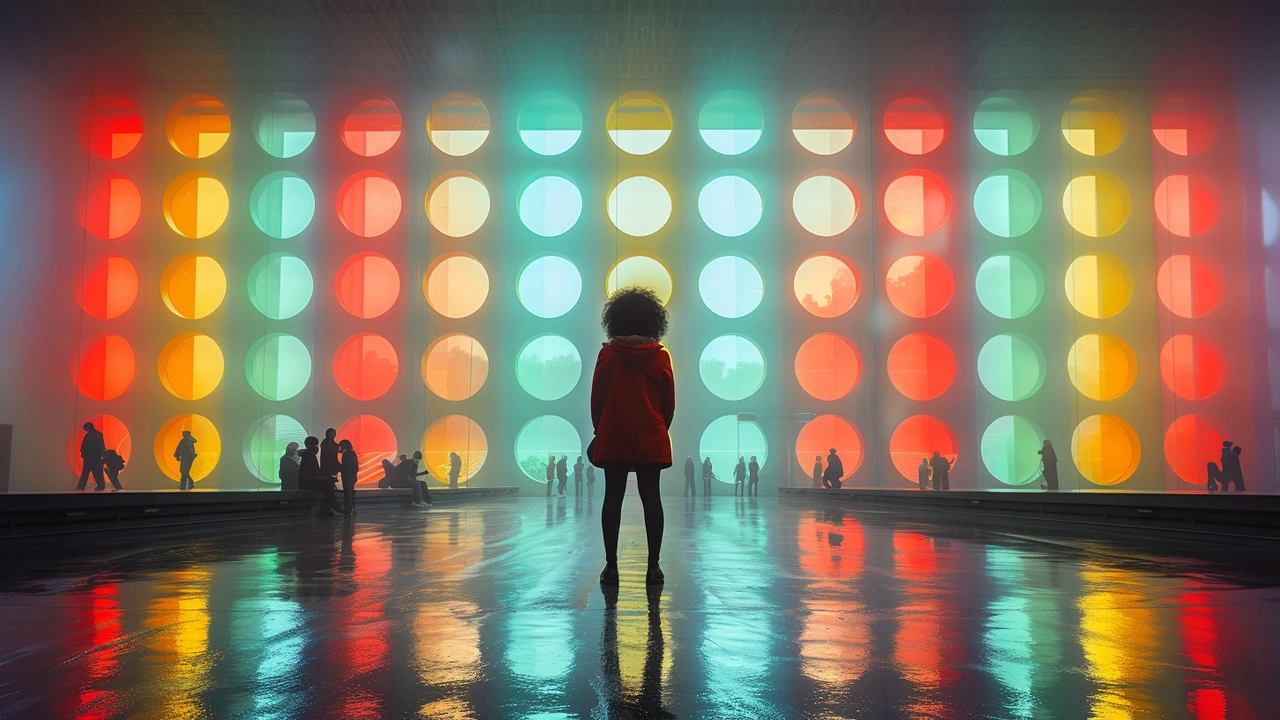Art Appreciation: How to See, Feel, and Understand Art
You can change how a painting hits you in under a minute. Try this: stand back, breathe, and look for the one thing that grabs you. That single detail—an odd color, a face, a texture—acts like a door into the whole work.
Next, ask three quick questions: What did the artist do? What did the artist leave out? How does it make me feel? Answering those gives shape to a first impression without needing background knowledge.
Look at technique. Photorealism shows tiny details and smooth blends. Abstract Expressionism uses bold gestures and drips that scream emotion. Baroque paintings use dramatic light and deep shadow to tell a story. Spotting brushwork, edges, and texture reveals how the artist built the image.
Think about composition. Where does your eye land first? Is the painting balanced or purposely off-kilter? Movements like Bauhaus and De Stijl push clear geometry and grid-like order, while Cubism breaks objects into planes to show many sides at once. Noticing structure helps you read intention.
Context matters but don’t let it boss you. Knowing that an artwork is from the Harlem Renaissance or Fluxus can unlock themes and social ideas. Still, your immediate reaction is valid. Use context to deepen, not to replace, what you already felt.
Visit different formats. Installation art asks you to move inside it; you can’t rush installations the way you glance at a painting. Photography and photorealism reward close inspection; small prints might hide big ideas. When you see sculpture, walk around it and note how the form changes.
Compare similar works. Put two paintings side by side—maybe a Cubist and an Expressionist—and watch how the same subject can mean different things. Comparison trains your eye to spot style, technique, and mood faster.
Ask smart questions when you read labels or audio guides. Who paid for this work? What materials did the artist choose and why? Is the title literal or ironic? These small facts often change how you see meaning.
Take notes, even quick ones. Jot a few words: "cold blue, claustrophobic", or "quick strokes, joyous." Later, your notes become a record of how your taste and attention change over time.
Talk about art with others, but keep it specific. Instead of "I like it," say "the left eye feels haunted" or "the composition pulls me to the lower right." Specific language sharpens your observation and makes conversation interesting.
If you want to learn, follow a few artists or movements and read short bios. Spend one visit focusing only on technique, another on story, another on color. Small focused visits beat marathon museum days.
Try a ten-minute exercise: pick any piece, spend one minute looking, three minutes taking notes, three minutes researching one fact, and three minutes reflecting. Repeat weekly and you’ll notice real progress in how much you see and understand.
Pick one article here—about photorealism, Bauhaus, or Fluxus—and use the exercise today. Come back and compare notes. I'll be interested soon.


